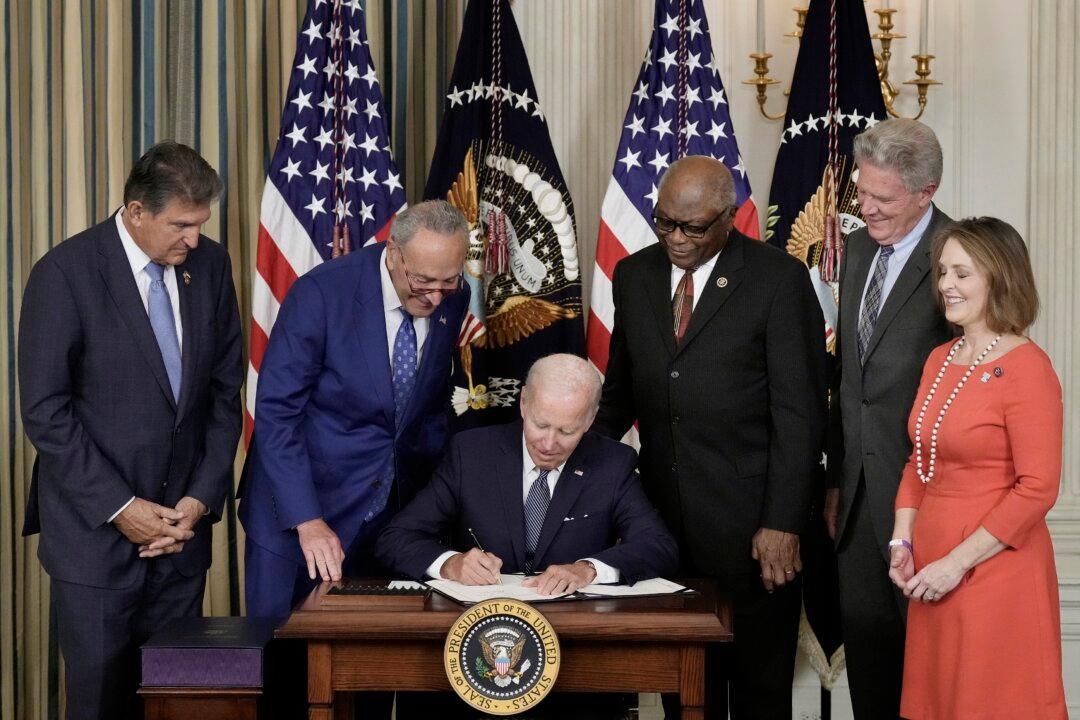Editor’s note: This is the first in a three-part series. Each part looks at a different part of the new Inflation Reduction Act. This first article offers a general assessment of the law followed by a more detailed summary of its green initiatives. The second part of this series will deal with the revenue enhancers in the law. The third part will take up the implications of its health care rules.
Commentary





